Turmeric Plant
- December 20, 2023
- 0 comment
Turmeric, scientifically known as Curcuma longa, is a golden-hued spice that has been an integral part of traditional medicine and culinary practices for centuries. Native to South Asia, particularly India, turmeric is a perennial plant belonging to the ginger family. What sets turmeric apart is its active compound, curcumin, renowned for its potent anti-inflammatory and antioxidant properties.
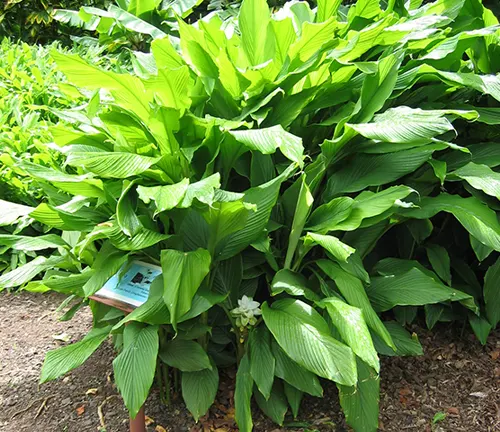
Widely recognized for its distinctive warm and bitter flavor, turmeric has not only been a staple in Indian cuisine but has also found its way into global kitchens. Beyond its culinary uses, turmeric has a rich history as a medicinal herb, valued for its potential health benefits. It has been employed in various cultures to address ailments ranging from digestive issues to skin conditions.

In recent years, turmeric has gained significant attention in the field of research for its potential role in preventing and managing chronic diseases. Whether incorporated into curry dishes, teas, or taken as a supplement, turmeric continues to captivate both the taste buds and the interest of health enthusiasts around the world.
| Property | Description |
|---|---|
| Scientific Name | Curcuma longa |
| Family | Zingiberaceae (Ginger family) |
| Native to | South Asia, particularly India |
| Active Compound | Curcumin |
| Flavor Profile | Warm, bitter |
| Color | Golden yellow |
| Culinary Uses | Integral in Indian cuisine; spice in curry dishes |
| Medicinal History | Traditional medicine for anti-inflammatory properties |
| Health Benefits | Antioxidant, potential anti-inflammatory, digestive aid |
| Forms | Fresh rhizome, powder, capsules, extracts |
| Global Popularity | Widely used in international cuisines |
| Research Interest | Investigated for potential in managing chronic diseases |
| Cultural Significance | Traditional rituals, dyeing agent |
Botanical Beauty of Turmeric
The vibrant allure of turmeric extends beyond its culinary and medicinal applications; its botanical beauty captivates the senses. Scientifically known as Curcuma longa, turmeric belongs to the ginger family, Zingiberaceae. Its lush, green foliage serves as a prelude to the striking inflorescence—a cone-like spike that adorns the plant with a touch of woodland elegance. Turmeric’s botanical charm is not merely an aesthetic delight; it is a testament to the richness of nature’s palette and the intricate design woven into every leaf and petal.
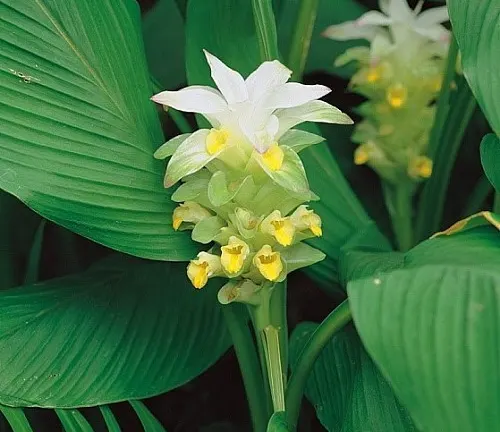
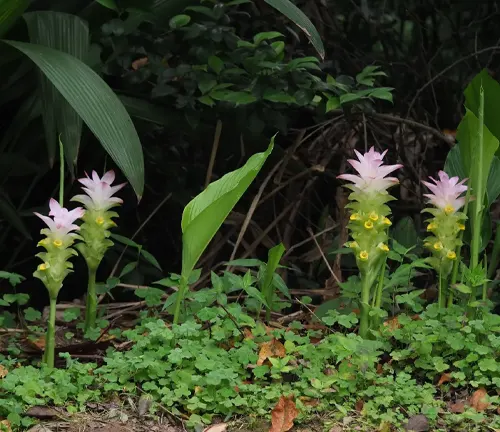
Woodland Elegance
As turmeric flourishes in its native habitat of South Asia, particularly India, it brings an element of woodland elegance to the landscape. The plant’s slender stems rise gracefully, adorned with broad leaves that shimmer in hues of green. The flowering stage unveils a spectacle of beauty, with cone-shaped spikes boasting delicate petals in shades of white and pink. This woodland elegance not only contributes to the visual tapestry of the region but also symbolizes the symbiotic relationship between turmeric and its environment.
Ecological Importance
Turmeric’s ecological importance extends beyond its aesthetic value. As a perennial herb, turmeric plays a role in maintaining biodiversity by providing a habitat for various insects and small creatures. Its rhizomes contribute to the soil composition, fostering a healthy ecosystem. Furthermore, the plant’s resistance to certain pests makes it a valuable component of sustainable agricultural practices, promoting balance within the local ecology.
Cultivation and Conservation
The cultivation of turmeric is an ancient practice deeply rooted in cultural traditions. Farmers carefully tend to turmeric fields, ensuring optimal conditions for growth. However, as global demand surges, the need for responsible cultivation and conservation becomes paramount. Efforts are underway to strike a balance between meeting the demand for this golden spice and safeguarding its genetic diversity, emphasizing the importance of sustainable farming practices and the preservation of traditional knowledge.
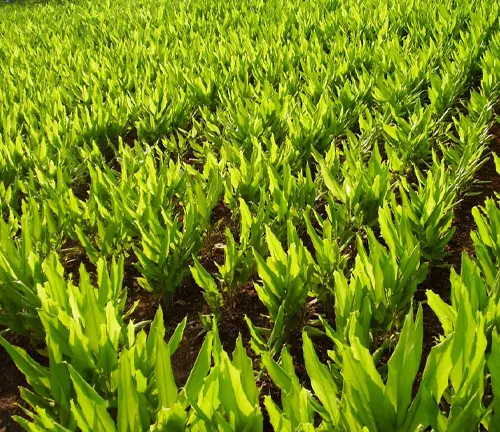

Soil Stabilization
Turmeric’s ecological role extends to soil stabilization—a crucial aspect of its impact on the environment. The plant’s robust root system helps prevent soil erosion, making it a valuable ally in regions prone to heavy rainfall or other environmental challenges. Turmeric’s ability to anchor itself in the soil contributes to the overall health and resilience of ecosystems where it is cultivated.
Common Uses
Beyond its ecological contributions, turmeric holds a revered place in culinary and cultural spheres. The spice is a cornerstone of Indian cuisine, lending its distinctive warm and bitter flavor to an array of dishes. Whether used in curries, teas, or traditional remedies, turmeric’s versatility in the kitchen reflects its deep cultural significance and widespread popularity.
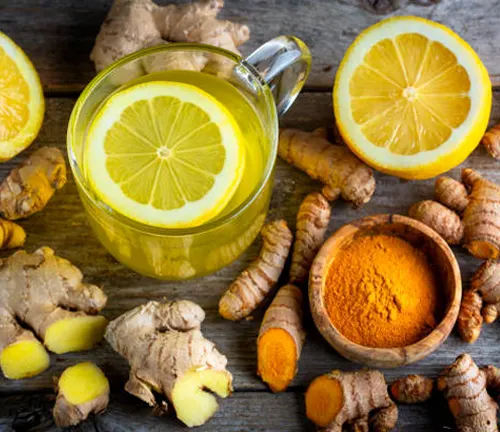

Benefits
Turmeric’s appeal goes beyond taste; it is renowned for its potential health benefits. The active compound, curcumin, possesses powerful anti-inflammatory and antioxidant properties. From traditional medicine to modern research, turmeric continues to be explored for its role in promoting digestive health, managing chronic conditions, and contributing to overall well-being. As interest in holistic wellness grows, turmeric remains a golden thread connecting ancient wisdom with contemporary health practices.
Biological Marvel of Turmeric
Turmeric, scientifically known as Curcuma longa, stands as a biological marvel, revealing a tapestry of intricate components that contribute to its unique identity. Beyond its vibrant appearance and distinct flavor, turmeric holds a wealth of biological intricacies waiting to be explored. From its roots to the tips of its lush foliage, each aspect of the plant plays a role in its biological makeup, creating a fascinating canvas of nature’s design.
Unveiling Turmeric’s Native Landscape
Exploring the geographical roots of turmeric unveils a habitat map that stretches across South Asia, with India at the heart of its native landscape. The plant thrives in tropical climates, where the rich soil and warm temperatures provide an ideal environment for its growth. Understanding turmeric’s habitat not only sheds light on its natural origins but also emphasizes the delicate balance between environmental factors and the plant’s biological requirements for sustained vitality.

Decoding Turmeric’s Active Ingredients
Turmeric’s biological significance extends to its intricate components, with curcumin taking center stage. This active ingredient boasts anti-inflammatory and antioxidant properties, making it a sought-after element for both traditional medicine and modern health practices. Delving into the component chronicles of turmeric unveils a synergy of compounds that contribute to its unique flavor, aroma, and therapeutic potential. Each component plays a crucial role in shaping turmeric’s biological profile and its diverse applications.
Navigating Turmeric’s Wellness Landscape
While turmeric is celebrated for its myriad benefits, a thorough exploration of its biological landscape requires a closer look at potential side effects. Though generally well-tolerated, excessive consumption or individual sensitivities may lead to adverse reactions. From gastrointestinal issues to allergic reactions, understanding the nuances of turmeric’s side effects landscape is essential for harnessing its benefits safely. Navigating this wellness terrain ensures that the biological marvel of turmeric is embraced with mindfulness and respect for individual health considerations.
Different Species
Curcuma longa
(Turmeric)
This is the most well-known and widely cultivated species of turmeric. It is native to South Asia and is the primary source of the spice commonly used in cooking and traditional medicine.
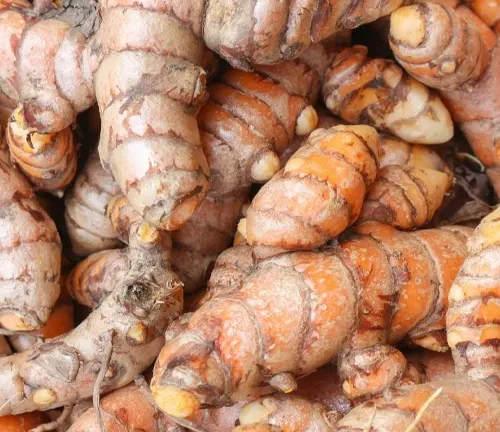
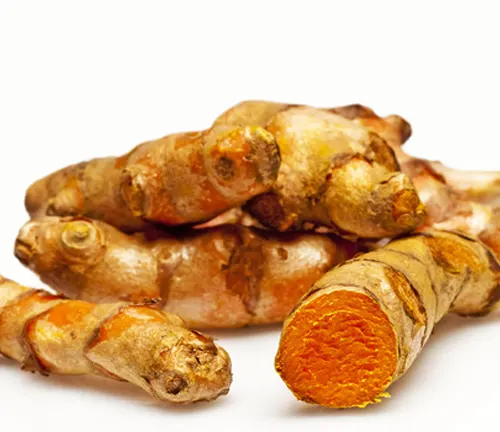
Curcuma aromatica
(Wild Turmeric)
Also known as wild turmeric, this species is native to India and Southeast Asia. It has a similar appearance to Curcuma longa but is characterised by a different aroma. Wild turmeric is used in traditional medicine and skincare products.
Curcuma zedoaria
(White Turmeric)
White turmeric, native to Southeast Asia, is distinct from yellow turmeric in both appearance and taste. It has a white flesh and a more subtle flavor. This species is also used in traditional medicine.
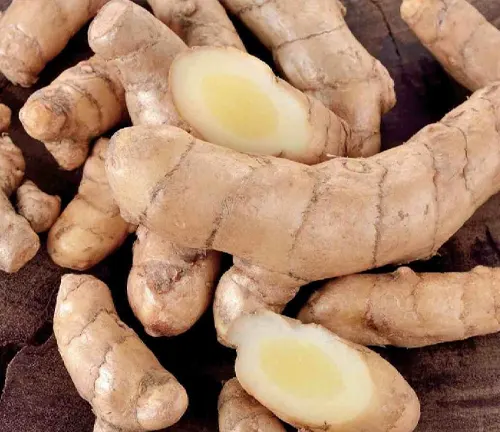
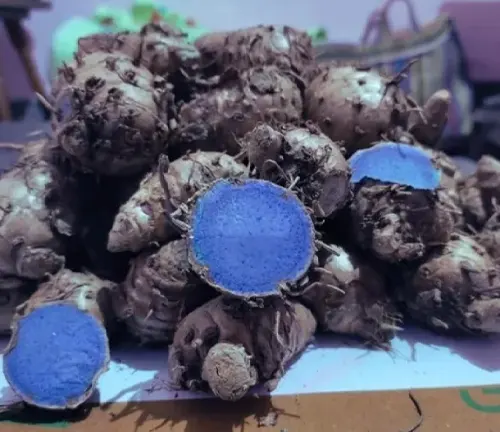
Curcuma caesia
(Black Turmeric)
Black turmeric, native to northeastern India, is characterized by its dark purple-black rhizomes. It is used in traditional medicine and is considered rare. The rhizomes are believed to have various medicinal properties.
Curcuma amada
(Mango Ginger)
Mango ginger is often considered a type of turmeric due to its similar appearance, but it belongs to a different species. Native to India, it has a raw mango-like taste and is used in culinary applications, especially in pickles and traditional dishes.
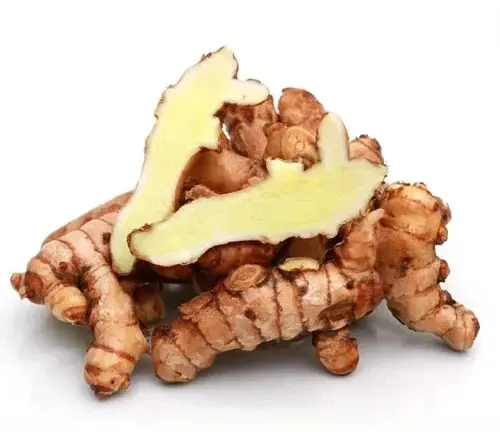
Frequently Asked Questions (FAQs)
1. What is turmeric?
Turmeric is a spice derived from the rhizomes of the plant Curcuma longa. It is commonly used in cooking and traditional medicine, known for its distinct yellow color and warm, bitter taste.
2. What is the active compound in turmeric?
The active compound in turmeric is called curcumin. It is responsible for the spice’s vibrant color and is renowned for its potential health benefits, including anti-inflammatory and antioxidant properties.
3. How is turmeric used in cooking?
Turmeric is a key ingredient in many South Asian cuisines, particularly in Indian dishes. It is often used in curry powders, stews, soups, and as a coloring agent for rice and other dishes.
4. What are the health benefits of turmeric?
Turmeric is believed to have various health benefits, including anti-inflammatory effects, antioxidant properties, and potential roles in supporting digestive health. Research is ongoing to explore its potential in managing chronic conditions.
5. Can turmeric be used for skincare?
Yes, turmeric is used in traditional skincare practices. It is believed to have anti-inflammatory and antimicrobial properties that can benefit the skin. Turmeric masks and pastes are commonly used for conditions like acne and to enhance skin complexion.
6. Are there different species of turmeric?
Yes, while the term “turmeric” typically refers to Curcuma longa, there are other species such as wild turmeric (Curcuma aromatica), white turmeric (Curcuma zedoaria), black turmeric (Curcuma caesia), and mango ginger (Curcuma amada).
7. Are there any side effects of consuming turmeric?
Generally, turmeric is considered safe when consumed in moderate amounts. However, excessive intake may lead to digestive issues. Individuals on blood-thinning medications should consult with a healthcare professional before consuming turmeric supplements, as it may have anti-platelet effects.
8. Can turmeric be taken as a supplement?
Yes, turmeric supplements, often containing concentrated curcumin extracts, are available. These supplements are popular for those seeking to harness the potential health benefits of curcumin. Consultation with a healthcare provider is recommended before starting any supplement regimen.
9. How is turmeric grown?
Turmeric is a tropical plant that thrives in warm climates with well-drained soil. It is typically propagated through rhizomes, and the plant requires regular watering and sunlight. It is cultivated in various regions globally, with India being a major producer.
10. Can I use turmeric during pregnancy?
While turmeric in moderate amounts as a spice in food is generally considered safe during pregnancy, pregnant individuals should consult with their healthcare provider before taking turmeric supplements or using it in medicinal quantities.


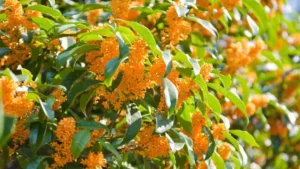
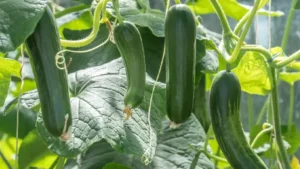
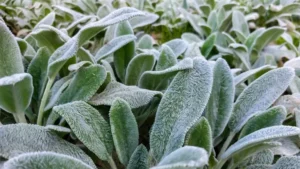
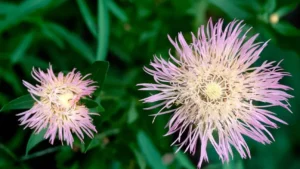


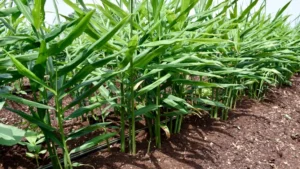
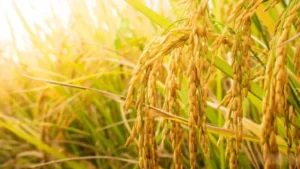

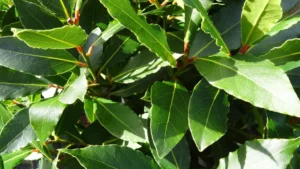
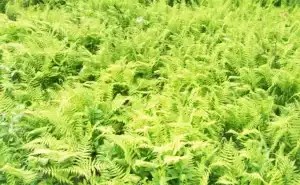
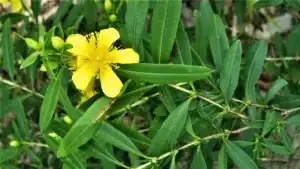
Leave your comment